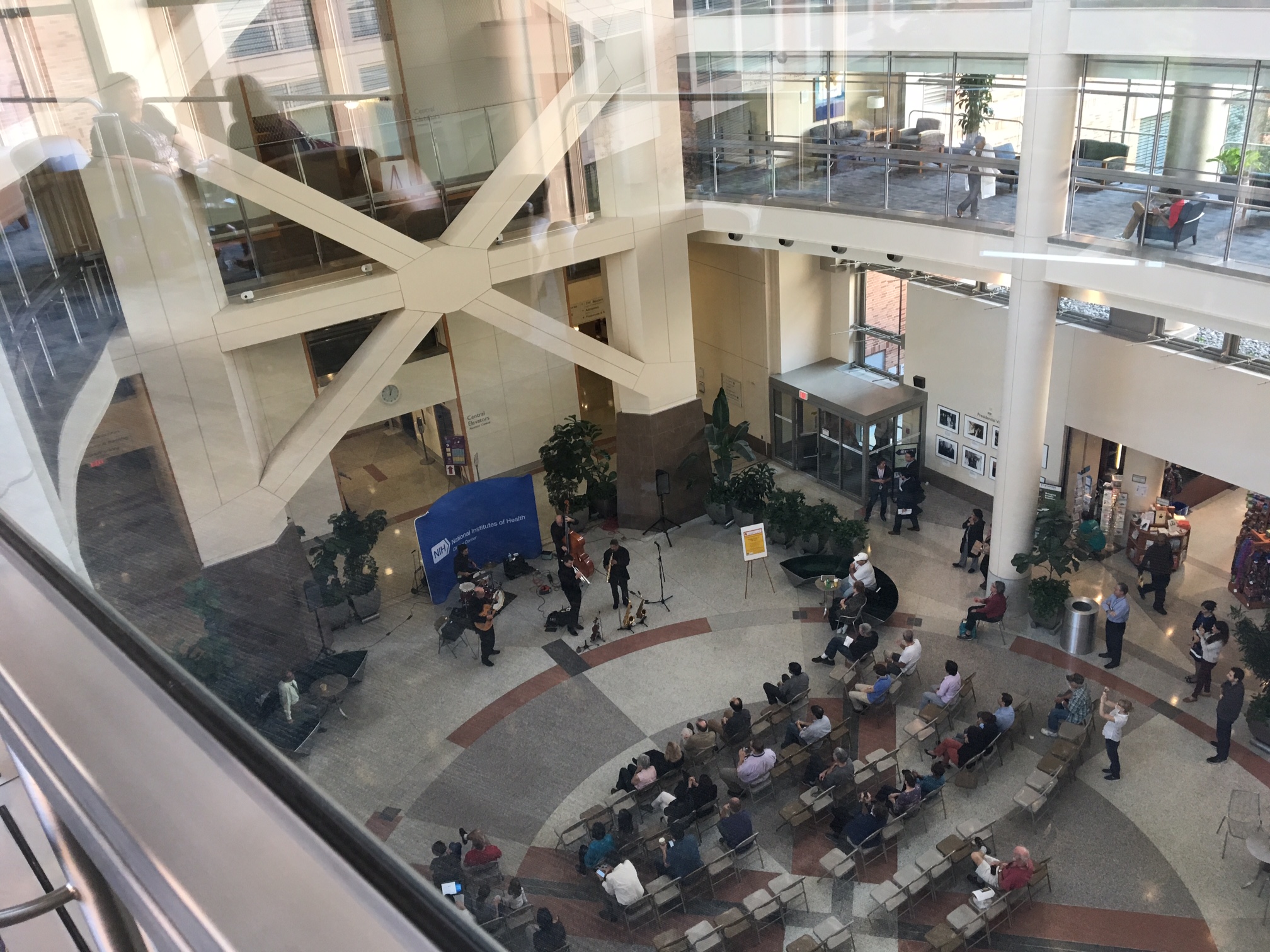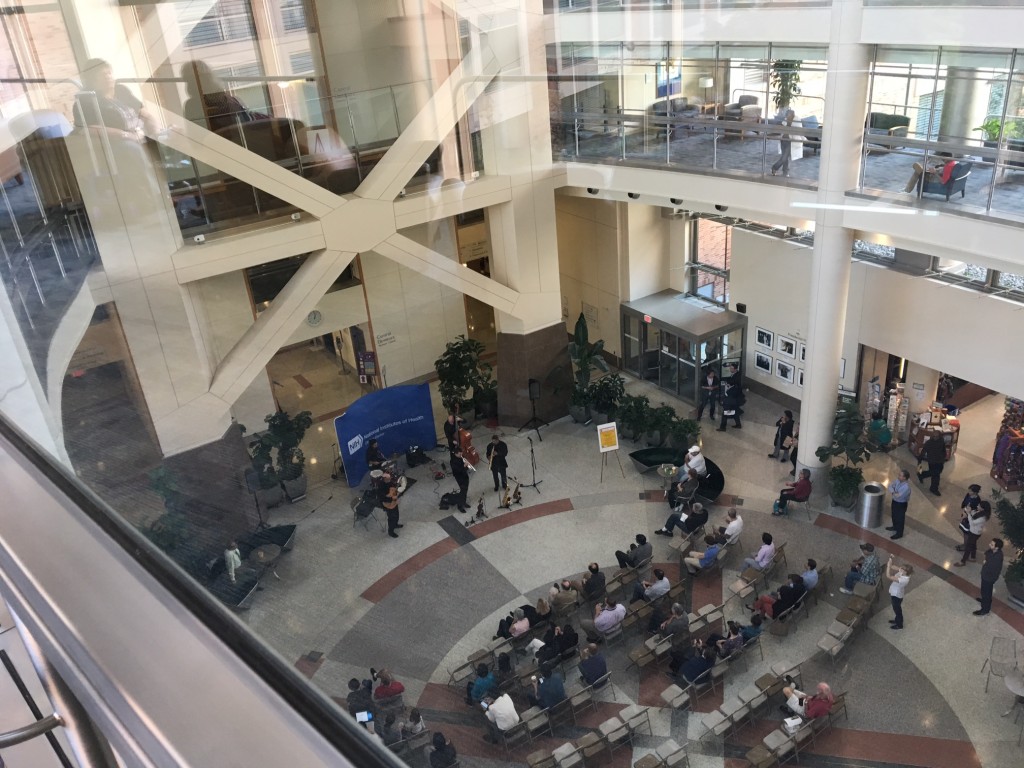
Today is Rare Disease Day, when we honor the millions of people who teach us what it’s like to live at the edges of the known world of medicine.
Drink from the fire hose of inspiration with me by watching last year’s Rare Disease Day symposium at the National Institutes of Health. The sessions were recorded but unfortunately uploaded as one long video (here’s the PDF agenda).
A playlist of worthwhile talks from the morning session:
- Francis Collins starts his welcoming remarks around 6:30
- Chris Austin makes the case for an impending inflection point for rare disease discovery around 28:30
- Bill Heetderks discusses “common devices for rare diseases” around 49:30
- Ronald Summers shows off the latest in radiology around 1:05:00
- Amy Dockser Marcus delivers a barn-burner (in her quiet way) around 1:25:00
In the afternoon, I toured the NIH Clinical Center and the guide pointed out that researchers’ labs were built to be across from or next to patients’ rooms. I didn’t snap any pictures because it felt too intimate, but imagine neighborhoods of rooms devoted to a certain condition — all the clinicians, patients, and family members sharing a common hallway. It was beautiful, both in vision and in reality.
The one place I did take some photos was the atrium.
It soars 5 stories up, but not in the way that Michael Graves famously mocks as “a showplace to hang plaques honoring their donors.” No, not at all.
All the patient and family services are arranged in a ring on the first floor so it’s easy to get all the “business” of a visit taken care of and then sit down in an arm chair or on a couch to have coffee or lunch. The chairs and tables are sometimes moved aside so that a choir, band, or quartet can play. The music fills the space, luring patients and clinicians out of their rooms to listen, at every level of the atrium. Amazingly, it was specifically designed to become a concert hall. The acoustics are apparently very good and (I love this) patients can wheel or walk out of their rooms and remain somewhat out of sight on the upper floors if they care to, even as they have a front-row seat.

So imagine: patients, families, and researchers all together at work or at play. Drawing blood, monitoring vital signs, and listening to an aria, all at the same time, dissolving the boundaries between them.
What a beautiful vision for the future of health care — and of course we are being led to it by the alpha geeks, the zebras, the mama birds, and people practicing every-day magic.

Leave a Reply